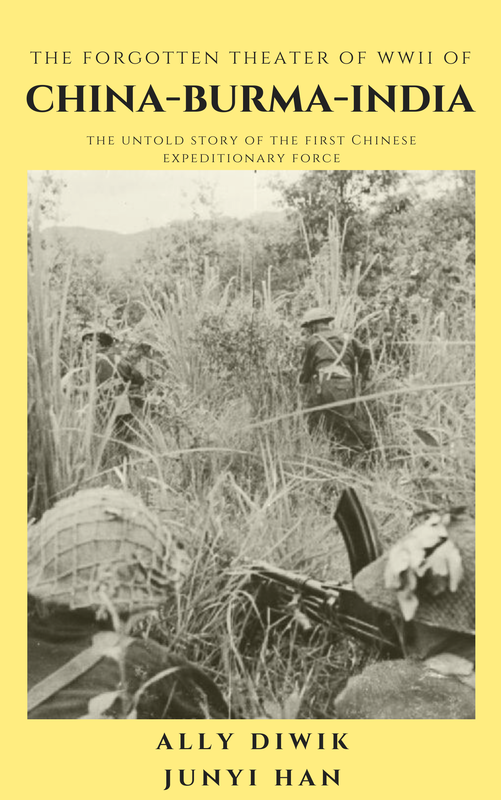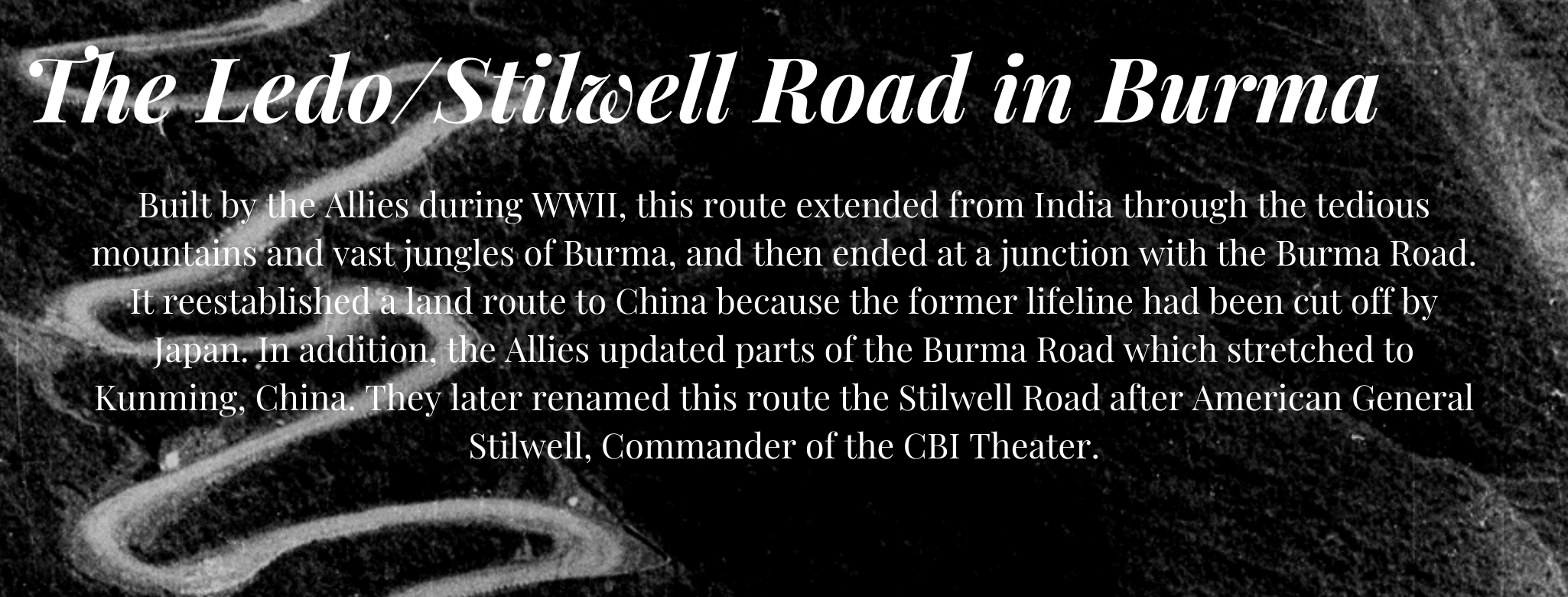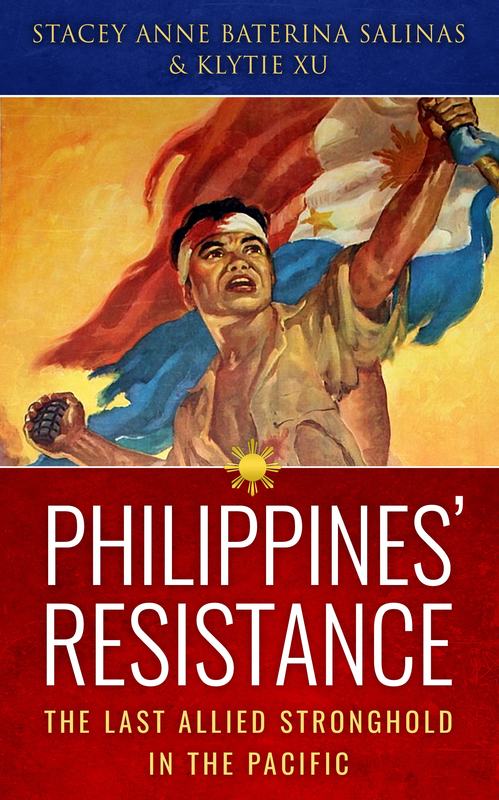The Forgotten Theater of WWII of China-Burma-India:
The Untold Story of the First Chinese Expeditionary Force
|
China-Burma-India is one of the most forgotten theaters of World War 2. As the United States entered the war after Pearl Harbor, it looked to China as a source of manpower as well as a base for bombers and a way to eventually invade Japan. Meanwhile, the Chinese Nationalist (KMT) leader, Chiang Kai Shek looked to Burma Road for supply for the war through the Lend-Lease policy with the United States. As the Japanese occupied Southeast Asia after the attack on Pearl Harbor, Burma became an important theater for the Pacific Asia War. As World War II raged on, it would bring numerous bloody battles to the cities and jungles of Burma.
Burma, present-day Myanmar, was a British colony located in the Pacific during WWII. The command structure of Burma was confusing and was changing rapidly during the time. The defense of Burma had been the responsibility of the Indian government until 1937. Then from 1937 until September 1939, the Burmese government was in charge, and from September 1939, The Chiefs-of-staff in London decided to take control in operations while the Burmese government retained administration and financial control. In November 1940, as the British were busy with the European theater of war, the control of the operations was given to the Far East Command in Singapore while the administrative control was split between the War Office and the Burmese government. On December 12, 1941, during the Japanese invasion of Southeast Asia, the control was given back to the commander-in-chief in India since the British were now fighting the European theater with the Nazis. And by December 30th, two weeks after the first Japanese troops entered the country, the control was given back to General Wavell's South-West Pacific Command. Similar to his American counterpart, MacArthur's move to retreat to Australia, General Wavell retreated to India but retained command of the battle in Burma. The Japanese, British, Americans, and Chinese each had their own motivations and policies in the Pacific that would ultimately lead to the involvement of Burma in the Pacific War. The conflict in Burma was an intricate affair that may be best understood through the story of the first Yunnan Expedition into Burma. The Yunnan Expeditions were carried out by the Chinese Expeditionary Force, a military unit dispatched to Burma and India by the KMT in support of the Allied efforts against Japanese invasion in Asia, between 1942 and 1945. An overview of the first expedition, as well as its ultimate failure, illustrates not only the warfare characteristic of the Pacific War but also the importance of the converging and diverging interests of each of the significant players in the region. |














